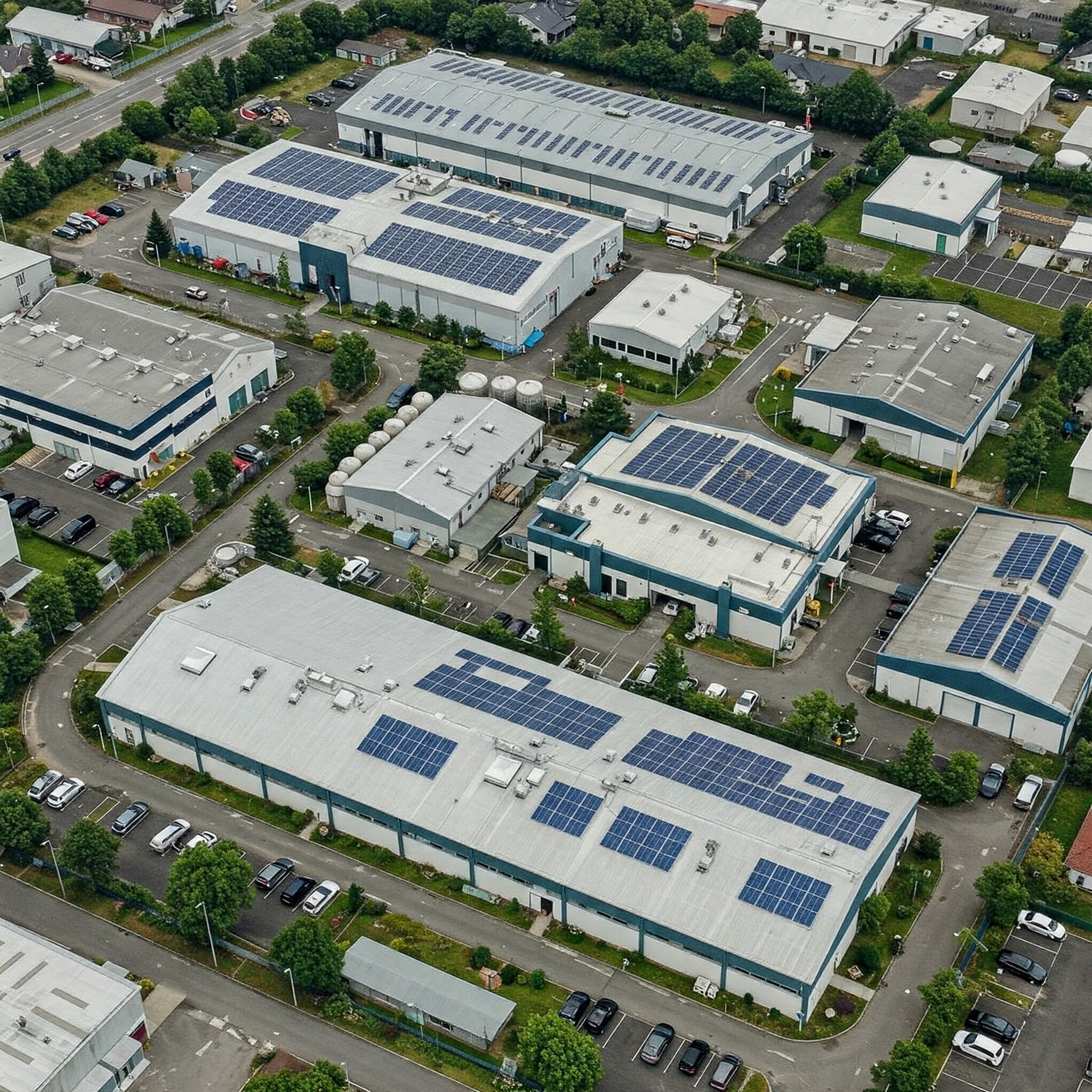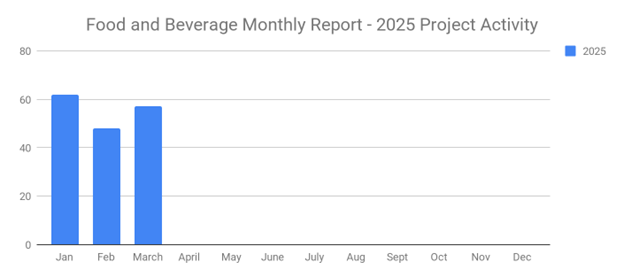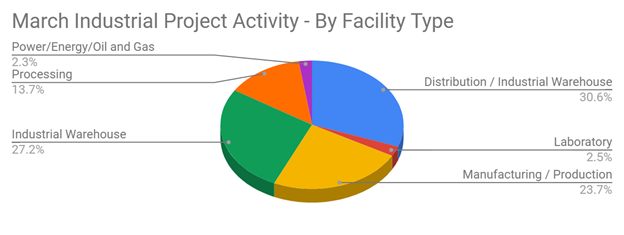
Your B2B company won’t generate many sales unless it has a consistent flow of high-quality leads. Research indicates that over 60% of sales reps consider lead generation a top priority. Without leads, your team is left in the dark, searching for potential buyers without any clear direction. A steady stream of leads is essential for maintaining momentum in your sales efforts, especially in competitive industries like industrial marketing services or manufacturing lead generation. Once you’ve identified a prospective buyer, the next crucial step is to determine the type of lead they represent—cold, warm, or hot. Understanding these distinctions is key to tailoring your sales approach and improving your conversion rates. But what exactly differentiates cold, warm, and hot B2B leads?
What Is a Cold B2B Lead?
A cold B2B lead refers to someone who fits your target audience profile but has had no prior interaction with your B2B company. This concept is akin to cold calling, where the prospect has no prior engagement or familiarity with your business. If you’re considering reaching out to a potential buyer for the first time via phone, email, or another method, that individual is categorized as a cold B2B lead. Cold leads often require a more introductory approach since they may not be aware of your company’s offerings.
In industries such as industrial construction projects or material handling sales, where the buying cycle can be lengthy and complex, cold leads represent the initial point of contact. Your goal with cold leads is to educate and inform them about your products or services, gradually moving them through the sales funnel. Although the conversion rates for cold leads are typically lower, they are an essential part of the lead generation process, offering opportunities to expand your market reach.
What Is a Warm B2B Lead?
In contrast, a warm B2B lead is a prospective buyer who fits your target audience and has already interacted with your company. Whether they’ve inquired about your products or services, attended a webinar, or responded to a marketing campaign, warm leads have shown some level of interest or engagement. This prior interaction differentiates warm leads from cold ones and can make them more receptive to follow-up communications.
For example, if you’re involved in forklift marketing or floor coatings sales, a warm lead might be someone who has downloaded a whitepaper from your website or participated in a product demo. These leads have already engaged with your content, indicating a higher level of interest in what your company offers. As a result, warm leads typically require a more personalized and strategic approach, focusing on addressing their specific needs and concerns. By nurturing warm leads effectively, you can guide them closer to making a purchase decision.
What Is a Hot B2B Lead?
A hot B2B lead, often referred to as a sales-qualified lead, is a high-quality prospect who has been thoroughly vetted and nurtured by your marketing and sales teams. Hot leads represent individuals or companies that have shown strong interest and are likely ready to make a purchasing decision. These leads have progressed beyond the initial stages of the sales funnel and are closer to conversion than cold or warm leads.
Because of their high potential to convert into paying customers, hot leads are the most valuable type of lead in your pipeline. In sectors like industrial lead generation or compressed air systems sales, hot leads are typically those who have engaged in multiple touchpoints, such as attending an in-depth product demo, requesting a detailed proposal, or having multiple conversations with your sales team. These leads are often ready to make a decision, and your role is to provide the final push that turns their interest into a commitment. The key to success with hot leads is prompt, focused, and persuasive communication that emphasizes the unique value your product or service offers.
Benefits of Targeting Cold B2B Leads
Although cold B2B leads typically have lower conversion rates, they are relatively easy to acquire. Many companies specialize in generating and selling lists of cold leads, allowing you to quickly fill your pipeline. By outsourcing this task, your sales team can focus on more direct activities that contribute to your company’s success. Additionally, cold leads are straightforward to target since there’s no previous interaction to consider. You can initiate contact with a cold lead by simply picking up the phone or sending an introductory email, making it easy to start the engagement process.
In industries like manufacturing outsourced sales or industrial business development, cold leads serve as the starting point for building relationships and expanding your market presence. While these leads may not convert immediately, they provide a valuable opportunity to introduce your company to new prospects and gradually build trust. The key to success with cold leads is persistence and consistency, using a variety of touchpoints to warm them up over time. This approach ensures that your sales pipeline remains active and continuously replenished with new opportunities.
Benefits of Targeting Warm B2B Leads
Warm B2B leads generally offer higher conversion rates than cold leads because they’ve already expressed some interest in your products or services. Studies show that cold leads, when contacted by phone, have an average conversion rate of just 2.5%. However, when you reach out to a warm lead, the chances of conversion increase significantly due to the prior engagement.
For example, SalesLeads' Project Report can be classified as warm sales lead because they identify ongoing opportunities or projects, making it easier to initiate a conversation that leads to sales. Targeting warm leads allows you to nurture these prospects through the sales funnel, addressing their specific needs and positioning your product or service as the ideal solution. In sectors like industrial marketing services or forklift sales, where understanding the prospect’s specific requirements is crucial, warm leads offer the advantage of a more informed and engaged audience. By focusing your efforts on warm leads, you can streamline your sales cycle and increase the efficiency of your business development activities. Calling the contacts provided with their name, title, direct phone and email address will enable you to reach out and connect.
By targeting warm B2B leads, you'll also have the ability to nurture these prospective buyers through your B2B company's sales funnel. You can contact B2B warm leads to help identify their unique needs. In doing so, you can then offer a product or service as a solution.
Benefits of Targeting Hot B2B Leads
Hot B2B leads boast the highest conversion rates among all lead types, making them incredibly valuable. However, it’s estimated that only about 27% of B2B leads are hot with the remaining 73% being cold or warm. Despite their rarity, hot leads have the greatest potential to convert into buyers. These leads have been thoroughly vetted by your marketing and sales teams, ensuring that they are well-qualified and ready to make a purchasing decision.
By focusing your efforts on hot leads, you can maximize your sales efficiency and close deals more quickly. In industries such as industrial construction projects or control systems, where the sales cycle can be complex and lengthy, hot leads represent a critical opportunity to drive revenue and achieve your sales targets. The key to success with hot leads is to act swiftly, providing the information and support they need to finalize their decision. By leveraging the momentum of hot leads, you can accelerate your sales process and secure valuable contracts.
In Conclusion
All B2B leads represent potential buyers, but the key to successful sales lies in understanding the differences between cold, warm, and hot leads. Cold leads are those with no prior interaction, while warm leads have had some engagement with your company. Hot leads, on the other hand, are sales-qualified and have the highest likelihood of conversion.
By tailoring your approach based on the type of lead, you can improve your sales process, increase conversion rates, and ultimately drive more revenue for your company. Whether you're focusing on appointment setting services, industrial lead generation, or business development hiring, recognizing and leveraging the unique characteristics of each lead type is essential for optimizing your sales strategy and achieving long-term success.
What to learn more? Get in Touch
Latest Posts
-

Expanding Your Footprint Using Industrial Business Development
-

183 New Distribution and Supply Chain Planned Industrial Projects in March with Space X Leading the Way
-

March 2025 Produced 57 New Food and Beverage Industry Planned Projects with Activity in Ohio, Pennsylvania and South Dakota
-

Planned Industrial Construction Projects Jumped 3% in March 2025

